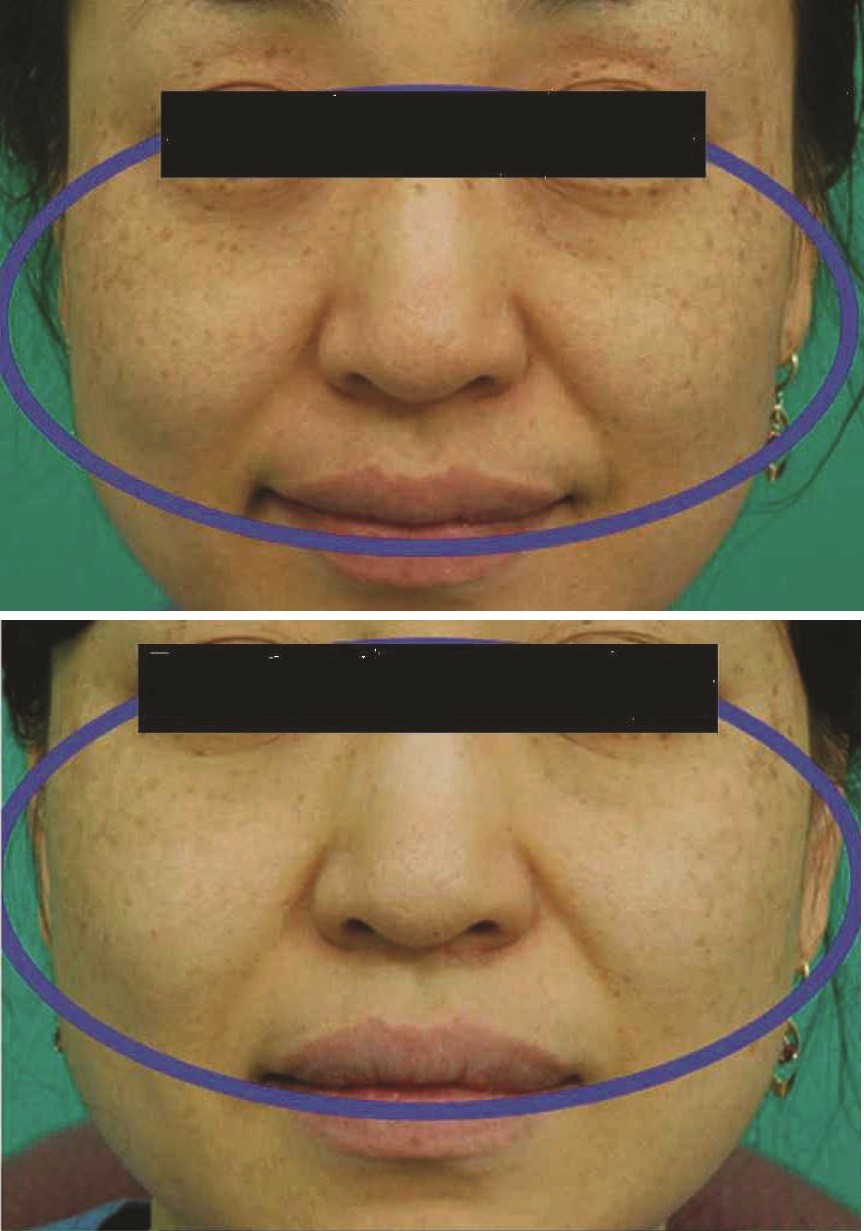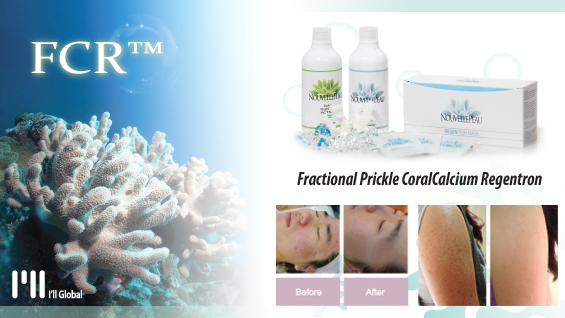
Yoon Eulsik
Professor of Plastic Surgery, Korea University Ansan Hospital
e-mail: yesanam2@korea.ac.kr
Quite different from laser, IPL is actually incoherent light source 500~1200nm in wavelength. It uses a cut-off filter that removes the wavelength. Thus, it is not a type of laser but generally is categorized as a laser treatment. As it has a wide range of wavelength, it can be used for multiple purposes including hair removal, as well as treatment of telangiectasia and pigmentary lesions, etc. It is known as the second most effective treatment of pigmentary lesions next to Q-switched Laser. IPL was developed by Dr. Bitter, a dermatologist in California who introduced the new treatment concept of photorejuvenation using multiple wavelengths unlike the single-wavelength laser. Up to now, many studies have proven its effect. Moreover, from 2004 to 2008, prestigious international journals have published data that shows IPL’s effect in treating melasma in Asians. In 2008, Dermatologic Surgery and Laser Surgery and Medicine published articles that proved IPL’s similar effect in treating facial dyschromia as other lasers. It has also shown promising results against lintigo solaris, melanocytic nevi, and ochre dermatitis.
[Advertisement] FCR® (Fractional Prickle CoralCalcium Regentron) – Manufacturer: (www.illglobal.com)]
Contrary to traditional lasers irradiating only on affected areas, IPL treats the entire facial skin. Therefore it treats not only pigmentary lesions but dilated blood vessels, freckles or melasma as well with lights of multiple wavelengths. In addition, IPL also reduces pores, fine wrinkles and improves elasticity, giving an overall rejuvenated look. IPL’s wavelength is around 560~1200nm which includes 560~630nm of dye laser, 694nm of ruby laser, and 755nm of Alexandrite laser. Therefore, it is effective on melanin-induced black spots or redness from telangiectasia.
The basic principle of IPL is that it does not damage the normal skin by gradually increasing the temperature of the skin surface in the lesion with multiple synchronized pulse. Moreover, it also minimizes the tissue damage in dark-type skin by dividing irradiation into multiple pulses and increasing inter-pulse delay.
IPL is a safe and simple procedure and has the benefit of allowing the patient to return to everyday life soon after the procedure. This procedure covers the entire facial area and thus is particularly effective for facial dyschromia accompanied with overall aging symptoms (Most outpatients visit in order to treat small blemishes and dull skin tones). IPL is known to be simple to operate and easy to learn but requires caution in patient selection and power setting just as any other laser. The skin types for IPL application are shown in Figure 1. And as other lasers, IPL procedure requires protection against UV rays post procedure and discontinuation of Accutane at least 2 months prior to the procedure. The dermatologist should perform close history taking and consultation to find if the patient plans to have an outdoor activity immediately before or after the procedure or if he/she works outdoors. After consultation with the patient, the doctor needs to determine if the lesion is vascular dominant or pigment dominant and set the power of IPL.

For a male patient with darker skin, it is better to start with low energy. In general, irradiate on weaker areas and slightly increase the energy to irradiate stronger areas, in the general order of the forehead – periauricular areas/cheeks – around the lips – under eyes – around the nose. If there are colored lesions under the eyes, start with low power.
- to be continued -




















